I pretend to play guitar. To my neighbor’s irritation, I use a real guitar when I pretend, not an air guitar. While learning new barre chords and a vexing chord change, I caught myself staring at the fingers on my left hand, planning each digit’s move to its next position. As I coached my left hand’s gymnastic routine, my brain lost track of my right hand, which, having no individual sense of rhythm, wandered off on its own. My ears, reacting like an angry parent, grabbed my brain by its auditory cortex, gave it a good shake and freed my hands from the strangling grip of my motor cortex. Once my attention focused on the sounds emanating from a tweed amplifier rather than the mechanics of creating those sounds, my playing improved. I was reminded of a question a flight instructor asked while I pursued my tailwheel endorsement, “Have you considered boating?”
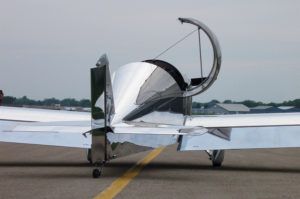
A Pilot Who Can’t Pilot
Pilot (noun):
- A person duly qualified to operate an airplane, balloon, or other aircraft.
Pilot (verb):
- To steer
- To lead, guide, or conduct as through unknown places.
“Why are you anticipating control inputs that may not be necessary?” was the instructor’s actual question. I was. On short final in his Cessna 120, I was anticipating the mechanics of what could happen when the main wheels touched down, the tailwheel settled and the airplane’s center of gravity made the back of the airplane want to be the front of the airplane. The anticipation caused me to make unnecessary inputs, which resulted in ground-level aerobatics that scared the gophers who called the edge of the runway home. I’m told there was wagering in the control tower’s cab. My first few takeoffs suffered equally from anticipatory inputs. I was anticipating the impact (yes, I chose that word on purpose) P-factor, yaw and the crosswind would have when the the tail rose. In doing so, I made control inputs that weren’t warranted. I had to get out of my head and let my eyes instruct my inputs. Simply stated: I had to look at the far end of the runway and make the airplane go straight.
The skill I (eventually) gained was greater than how to control a tailwheel airplane. I had my first experience with seat-of-the-pants flying. Prior to that, I had droned through the sky for 150 hours commanding tri-gear aircraft by the numbers, by theory and by rote. You don’t know what you don’t know until you know it. Basic flight instruction, I fear, teaches us to become pilots but not necessarily to pilot.
Planning vs. Preparing
Planning creates an outline for the known as well as contingencies for emergencies. Planning is the foundation on which each flight rests. Checklists and weather briefings are part of that planning. But in between knowing the most favorable runway for operation and performing the checklist steps that ready an airplane and pilot for each phase of flight, there exists a continuous flow of actions that can’t be planned. Most of those actions pilots handle subconsciously. That changes when staring down a strip of concrete 3000 feet long from inside an airplane that has never flown. For that we must prepare.
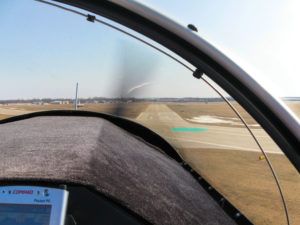
An effective way to prepare for the uncharted spaces of flight testing is to approach a familiar airplane in an unfamiliar manner. Dual instruction with the flight instruments (airspeed, vertical speed, artificial horizon, slip/skid indicator, flap position indicator) covered will introduce you to maneuvering an aircraft by feel rather than by an instrument’s indication. Can you hear that you’re climbing? Can you feel that you’re losing altitude while turning left? Do you sense the airplane sinking before a power-off stall? That’s seat-of-the-pants flying. Sonex Aircraft’s T-Flight instructor found that covering the instruments almost always improved a participant’s flying, whether they were a low-time sport pilot or a former B-52 commander.
“Why are you anticipating control inputs that may not be necessary?” The question spurred an awakening. Not only did it improve my transition to a taildragger, it informed my approach to the first flight of Metal Illness and every envelope-expanding flight after that. On an aircraft’s first flight, more so than any other flight you’ll ever take, you don’t know what’s going to happen so you must react to what does. Naturally, you’ll approach the first flight as prepared as possible with checklists, a detailed flight plan (please, no making up the first flight after the wheels have left the ground) and familiarization training in a similar aircraft. Those can only get you so far. You are preparing to fly an airframe that has never flown before. Other airframes of the same design have most likely flown, but never yours.
Flying a homebuilt of the same model, or the kit designer’s fully sorted factory demonstrator, can’t prepare you for adverse yaw from your untrimmed rudder or an incorrect thrust-line. An improperly rigged wing that reveals itself the moment the tires break their bond with the earth can trigger a series of control inputs that re-kits your aircraft. You can’t plan for that—you must react without over-reacting. A first flight can’t be flown by the numbers. Ignore a friend’s advice to rotate at 60 mph indicated. Your airspeed indicator might as well be marked with fruit. 60 mph indicated may be 50 or 70 mph CAS. Can you feel the airplane trying to fly, regardless of the airspeed indication?
When you can correct for a crosswind without anticipating the control inputs; when you feel the airplane wants to start or stop flying without conferring with the airspeed indicator; when you can see, hear and maintain straight-and-level flight without addressing the instruments, you are more than a licensed pilot. You can pilot.


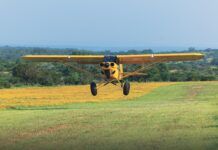





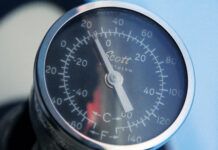
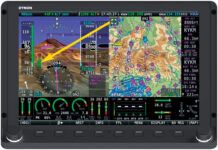
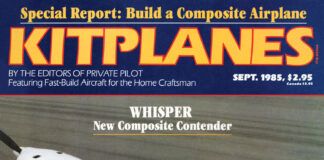
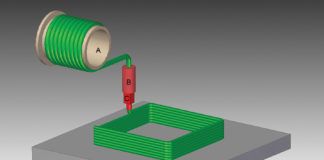
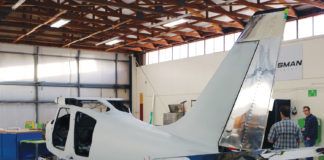
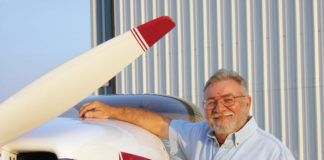
Boy, did you just get yourself in trouble with boaters:
“” Pilot (noun):
A person duly qualified to operate an airplane, balloon, or other aircraft. “”
😉
If you see me driving a boat… I am “Flying across the Lake”… Pilot’s License or not. (-: